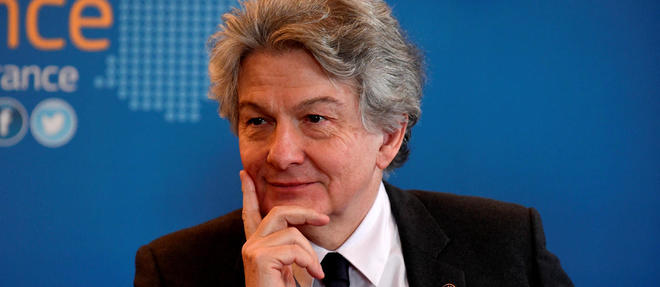Current polls are a fascinating environment where established norms clashes with modernity, and novel participants surface to reshape the political landscape. As we look ahead to the impending electoral period, it’s obvious that the approaches and strategies employed by aspirants and their organizations have developed significantly. Electorates are no longer influenced solely by party affiliation; instead, they are increasingly drawn to independent candidates and innovative figures who challenge the norm. The growth of nonpartisan candidates signifies a likely move in political loyalty, leading both traditional parties to reconsider their approaches.
With the countdown to the 2025 election underway, multiple key issues are already forming. From the impact of the younger electorate to the issues of false information, and the continuing discussions about democracy's resilience, these dynamics will play an critical role in defining the course of politics in the United States. As https://politicalpotatoes.substack.com/ rise over partisan stalemate and gerrymandering, the question remains: will we see a genuine change in how the electoral process is navigated? This write-up explores these evolving strategies and looks into the wider impacts for political governance, public participation, and the overall health of democracy in our society.
The Rise of Independents
In the past few years, a political landscape in the United States has witnessed a substantial shift with the rise of independent voters. This demographic, which includes individuals who do n't align strictly with either major party, is increasing rapidly and has become a force to be reckoned with in elections. The 2025 election cycle is expected to see these voters play a pivotal role, as they frequently sway the outcomes in swing states. Their rising presence highlights a change in public sentiment, as many Americans express dissatisfaction with the traditional two-party system.

The trend towards being independent is not just a passing phase. Polls indicate that a substantial segment of the electorate considers themselves as independent, reflecting a call for alternative solutions to complicated political issues. This shift has prompted candidates to adapt their campaign strategies, focusing on issues that resonate with this varied group rather than relying solely on party loyalty. As we move closer to the 2025 elections, comprehending the motivations and preferences of independent voters will be vital for any candidate hoping to succeed.
Furthermore, the implications of this rise extend beyond voter demographics. Political parties are rethinking their platforms to attract these independent voters, frequently leading to more centrist positions. This change raises questions about the prospects of partisanship and whether it can persist in an progressively fragmented political environment. As the campaign unfolds, both major parties will need to think about how to interact with this critical voting bloc, which could likely determine the direction of American politics in the years to come.
Power Dynamics in Washington
The political scene in Washington are shifting, with emerging leaders arising and existing coalitions being challenged. As third-party candidates rise in prominence, they contest the traditional political framework, pressuring both Democrats and the Republican Party to reassess their tactics. This shift has significant implications for upcoming elections as hopefuls vie for the critical segment of unaffiliated voters, which could influence the outcome in important regions.
In Congress, unexpected partnerships are emerging, with members bridging divides to tackle pressing issues such as immigration reform and environmental issues. These strange bedfellows emphasize a increasing readiness among some elected officials to favor cross-party solutions over strict loyalty to party. However, this movement can also lead to internal strife, as factions within political parties grapple with divergent views, potentially stalling legislative progress on crucial proposals.
Moreover, with the upcoming 2025 election looming, the political arena is further aggravated by accusations of tampering with elections and false information campaigns. Contenders are increasingly focused on safeguarding their messages and fighting against incorrect information. The intensified observation around the electoral process is shaping both campaign strategies and voter engagement, as the electorate expects openness from their representatives amidst swirling rumors and journalistic scrutiny.
The Youth Vote's Impact
The upcoming election is shaping up to be a pivotal moment for the youth vote, which has gradually become a key factor in determining election results. The youth have demonstrated their capacity to organize and impact critical issues such as environmental issues, education reform, and equity. With a growing sense of urgency around these topics, candidates are tailoring their platforms to resonate with this demographic, recognizing that their engagement can tip the balance in battleground areas.
The rise of social media as a main means of communication has changed how political communications are spread and consumed among young voters. Political campaigns are now crafted with an understanding that trending topics can significantly enhance outreach and influence. Creative strategies, such as collaborating with influential online personalities or utilizing interactive media, are increasingly common as candidates seek to capture the attention of younger constituents who are often wary of conventional political messaging.
Moreover, the youth vote represents a threat to traditional political standards. As younger voters express their choices for candidates who embody forward-thinking policies and a rejection of the existing order, they are forcing both major parties to rethink their approaches. The likelihood for high voter turnout among this segment in 2025 could lead to significant shifts in policy direction, making it essential for political leaders to respond to the concerns and aspirations of the youthful electorate.
